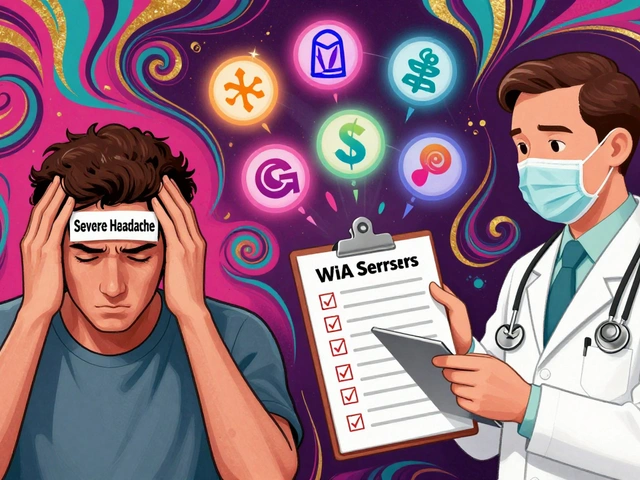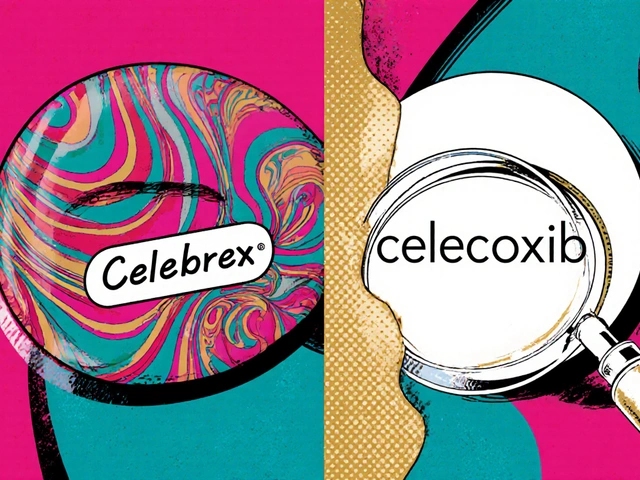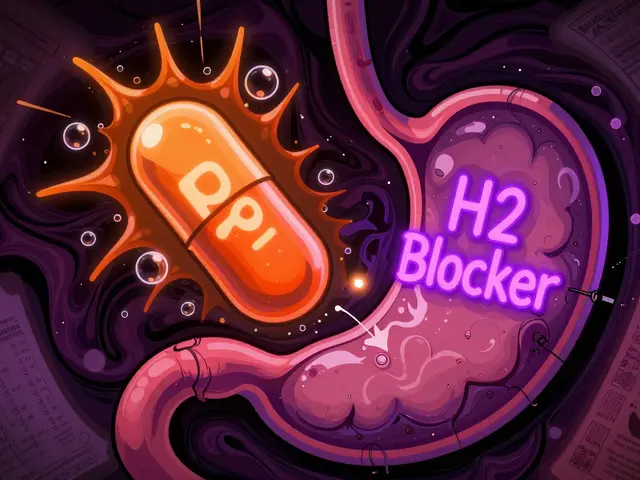
Hydrochlorothiazide: What You Need to Know
If your doctor mentioned Hydrochlorothiazide, you probably heard it called a “thiazide” diuretic. It’s a pill that helps your kidneys get rid of extra salt and water, which in turn lowers your blood pressure. Most people take it once a day, and it’s one of the cheapest, most prescribed blood‑pressure meds in the UK.
How It Works and When It’s Prescribed
Hydrochlorothiazide blocks a part of the kidney called the distal convoluted tubule. By stopping sodium from being re‑absorbed, more water follows it out in your urine. The result? Lower blood volume and less pressure on your arteries. Doctors usually start you on it if you have high blood pressure, mild heart failure, or swelling (edema) caused by other conditions.
Typical Dosage and Common Side Effects
The usual adult dose ranges from 12.5 mg to 50 mg once daily. Some people need a lower dose to avoid side effects, while others may go up to 100 mg if their blood pressure stays high. Common complaints include a need to pee more often, a slight drop in potassium, and occasional dizziness when you stand up too fast.
Low potassium can cause muscle cramps or a weird heartbeat, so many doctors pair Hydrochlorothiazide with a potassium‑rich diet or a supplement. If you notice dark urine, severe muscle pain, or a rash, stop the drug and call your pharmacist or GP right away.
Because it makes you lose water, staying hydrated is key—but don’t over‑drink. Aim for about 1.5‑2 litres of fluid a day, unless your doctor says otherwise. Alcohol can boost the dizziness, so keep that low if you’re starting the medication.
While Hydrochlorothiazide is generally safe, it can interact with a few other medicines. Take it far from NSAIDs (like ibuprofen) because they can blunt its blood‑pressure effect. If you’re on lithium, ACE inhibitors, or certain heart drugs, ask your doctor about dose adjustments.
There’s a lot of talk about “combo pills” that pair Hydrochlorothiazide with another blood‑pressure drug, like Lisinopril. Those combo tablets can simplify your routine, but they also make it harder to adjust each ingredient separately. Our tag includes a post comparing Zestoretic (an ACE‑inhibitor‑diuretic combo) with other hypertension combos—worth a read if you’re curious.
Some people wonder if they can get Hydrochlorothiazide cheaply online. While generic versions are widely available, buying from an unverified source can be risky. Stick to reputable UK pharmacies, and always ask your doctor for a prescription before ordering.
Pregnant or breastfeeding mums should check with their clinician before staying on Hydrochlorothiazide. It’s usually safe, but the doctor might prefer a different diuretic to avoid any tiny risk to the baby.
Finally, keep track of your blood pressure at home. Write down the numbers, any side effects, and how you feel. Sharing this log with your GP helps them fine‑tune the dose and spot any problems early.
Hydrochlorothiazide can be a simple, effective tool for managing hypertension when you know how to use it right. Stay informed, follow the dosage, watch for side effects, and you’ll keep your heart happy and your blood pressure in check.
-
13 Sep






